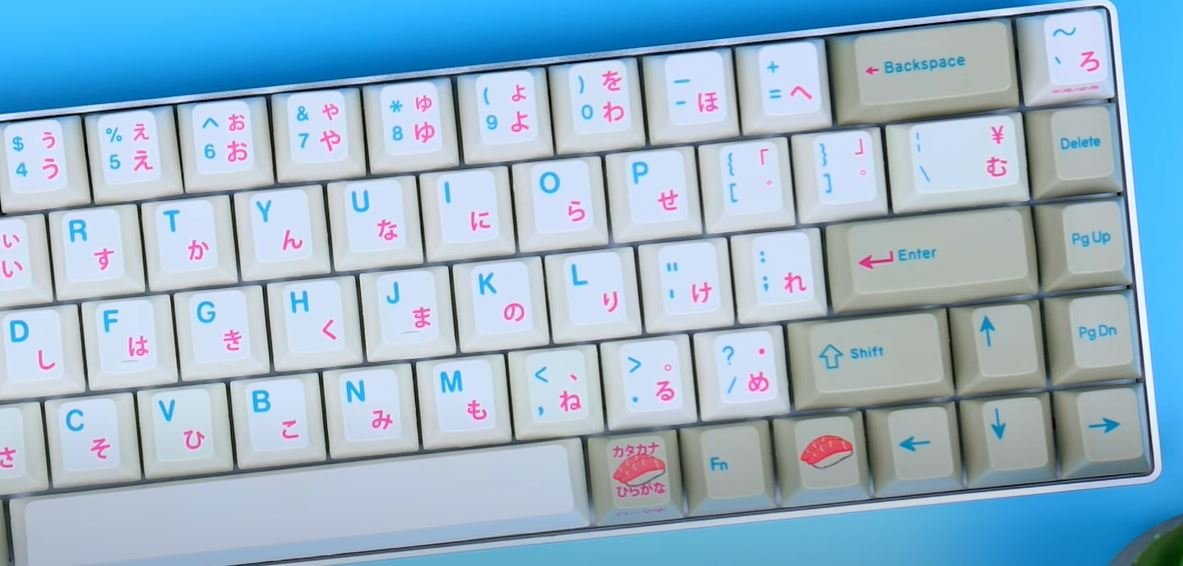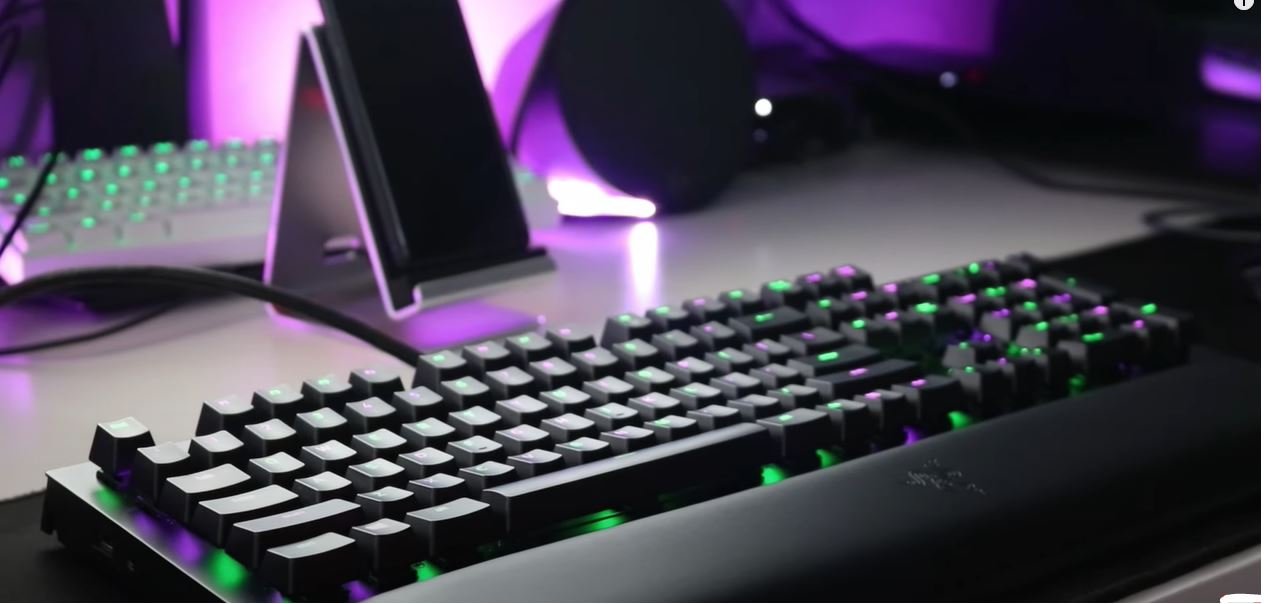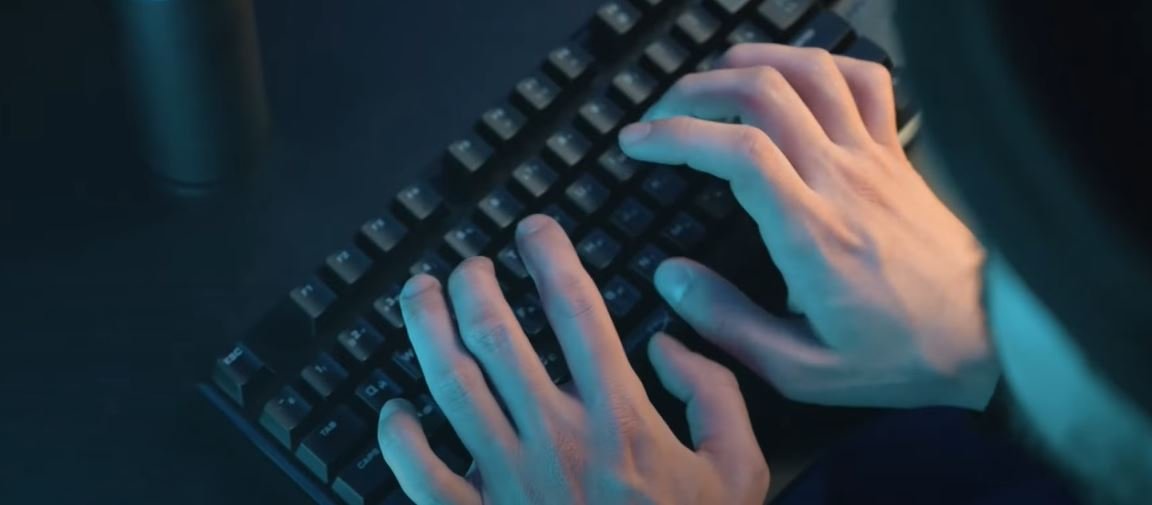Choosing the right keyboard can be a daunting task, especially with the myriad of options available today. Whether you’re a gamer, a typist, or someone who spends hours at the computer, your keyboard plays a significant role in your overall experience. It’s not just about having any keyboard; it’s about having the one that fits your specific needs and preferences.
In this guide, we’ll explore the various factors to consider when selecting the perfect keyboard, from deciding between pre-built and custom keyboards to choosing the right size, features, and switches. By the end, you’ll have a clearer idea of what to look for in a keyboard that won’t hold you back.
Pre-Built vs. Custom Keyboards: Which is Right for You?
The first decision you need to make is whether to opt for a pre-built keyboard or go down the custom route. Pre-built keyboards are straightforward—they come ready to use straight out of the box. They’re often more affordable and are ideal for those who want something simple and functional without much hassle.

On the other hand, custom keyboards offer a more personalized experience. Although they require you to purchase individual parts and assemble them, the process can be rewarding. You get to choose every component, from the switches to the keycaps, ensuring that the keyboard is tailored precisely to your liking. However, this comes at a higher cost and requires some level of technical knowledge.
Budget Considerations: How Much Should You Spend?
Your budget is another crucial factor when selecting a keyboard. Generally, keyboards can be categorized into three price ranges: budget, mid-range, and high-end.

- Budget Keyboards (Under $50): These are typically made from cheaper materials, but you can still find reliable options like the RK61 or Redragon K530.
- Mid-Range Keyboards ($50-$100): In this range, you’ll find better materials and more features. The Akko 3061 and Apple Maker TH80 are great examples of mid-range keyboards that offer excellent value for money.
- High-End Keyboards (Above $100): High-end keyboards often include custom models or premium brands like the Ducky One 3 Mini and GMMK Pro. They provide superior build quality, additional features, and a more personalized experience.
Choosing the Right Keyboard Size
Keyboard size is not just about aesthetics; it’s about functionality and desk space. Here’s a breakdown of common keyboard sizes and their best use cases:

- 60% Keyboards: These compact keyboards omit the arrow keys, function row, and number pad, making them ideal for gamers who want more mouse space.
- 65% Keyboards: Slightly larger than 60%, these include arrow keys and a few extra keys on the right, striking a balance between compactness and functionality.
- 75% Keyboards: These add back the function row and often include media keys, making them a great choice for those who want more functionality without taking up too much space.
- TKL (Tenkeyless) Keyboards: Similar to 75%, but with two additional rows of keys, these keyboards are less compact but offer more keys for those who need them.
- Full-Size Keyboards: These include every key, including the number pad, and are best for users who need a lot of hotkeys or frequently use the number pad.
Essential Features to Look For
When choosing a keyboard, consider the features that are most important to you. A hot-swappable keyboard, for instance, allows you to easily change out switches without soldering, offering flexibility in how your keyboard feels. Other features to consider include wireless connectivity, PBT keycaps (which are more durable than ABS keycaps), compatibility with both Mac and Windows, and RGB lighting for those who enjoy customizable aesthetics.
Understanding Keyboard Switches
Switches are arguably the most important component of a keyboard, as they directly affect how it feels to type. The main types of switches are:
- Linear Switches: Smooth and quiet with no tactile bump, these are favored by gamers for their quick actuation.
- Tactile Switches: These provide a noticeable bump when pressed, making them ideal for typists who appreciate tactile feedback.
- Clicky Switches: Similar to tactile switches but with an audible click, these are often polarizing—some love the sound, while others find it annoying.
If possible, try out different switches before making a decision. You can do this by visiting stores, borrowing a friend’s keyboard, or purchasing a switch tester.
Modifying Your Keyboard for a Better Experience
Even after purchasing your keyboard, there are several modifications you can make to enhance its feel and sound. Common mods include lubing switches and stabilizers, adding foam for sound dampening, or even painting the case for a personalized touch. These modifications can be done with minimal expense and can significantly improve your typing experience.
Comparison Table: Keyboard Types and Their Features
| Feature | 60% Keyboard | 65% Keyboard | 75% Keyboard | TKL Keyboard | Full-Size Keyboard |
|---|---|---|---|---|---|
| Size | Compact | Slightly larger than 60% | Larger, with function row | Similar to 75%, but with extra keys | Largest, includes all keys |
| Arrow Keys | No | Yes | Yes | Yes | Yes |
| Function Row | No | No | Yes | Yes | Yes |
| Number Pad | No | No | No | No | Yes |
| Ideal For | Gaming, portability | Gaming, general use | Balanced use, media controls | General use, more keys | Office work, number-intensive tasks |
| Desk Space | Minimal | Minimal to moderate | Moderate | Moderate to large | Large |
| Customization | Limited due to smaller size | Moderate | High | High | Maximum, but less compact |
| Best Use Case | Gamers wanting more mouse space | Gamers who need arrow keys | Users who need function keys | Users needing extra keys without a number pad | Users needing full keyboard functionality |
Final Touches: Accessories and Aesthetics
Finally, consider adding some accessories to complete your keyboard setup. Custom cables, while purely aesthetic, can add a unique flair to your desk. A wrist rest can improve comfort, especially during long typing sessions. Whether you’re looking for functionality or style, there’s an accessory out there to suit your needs.
FAQ’s
What is the main difference between a pre-built and custom keyboard?
Pre-built keyboards come ready to use and are typically more affordable. Custom keyboards require you to purchase and assemble individual parts, offering a more personalized experience but at a higher cost.
How much should I expect to spend on a good quality keyboard?
Budget keyboards typically cost under $50, mid-range keyboards between $50 and $100, and high-end keyboards start at over $100.
What keyboard size is best for gaming?
A 60% or 65% keyboard is often recommended for gaming due to their compact size, which allows for more mouse movement space.
What are the main types of keyboard switches?
The main types of switches are linear (smooth and quiet), tactile (provides a tactile bump), and clicky (tactile with an audible click).
Can I customize a pre-built keyboard?
Yes, you can modify pre-built keyboards with changes such as swapping keycaps, adding foam for sound dampening, or lubing the switches.
What does ‘hot-swappable’ mean in the context of keyboards?
A hot-swappable keyboard allows you to change out the switches without needing to solder, providing flexibility in customizing the keyboard feel.
Which keyboard size should I choose if I need a number pad?
A full-size keyboard is the best option if you need a number pad for tasks like data entry or accounting.
Are clicky switches good for office environments?
Clicky switches are typically not recommended for office environments as they are loud and can be distracting to others.
What are some recommended budget keyboards?
Some good budget keyboards include the RK61 and the Redragon K530, both of which offer decent quality at an affordable price.
Is it necessary to modify my keyboard after purchase?
Modifying your keyboard is not necessary but can improve the feel and sound of your keyboard, making it more suited to your personal preferences.
